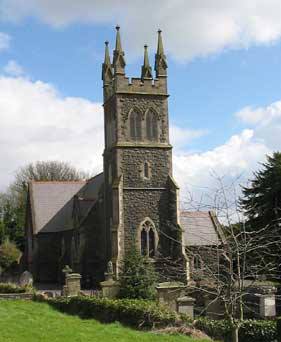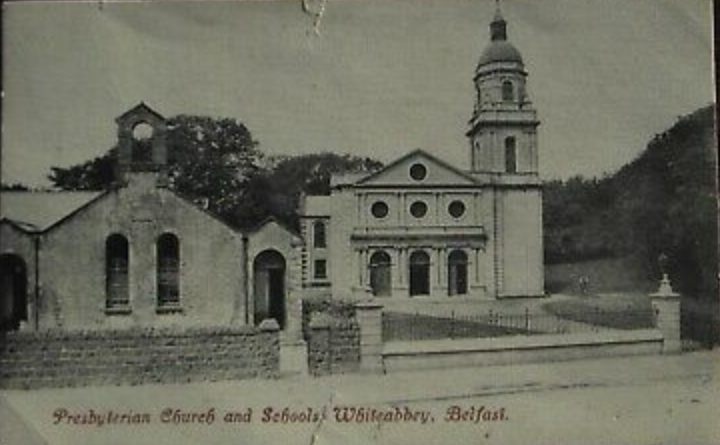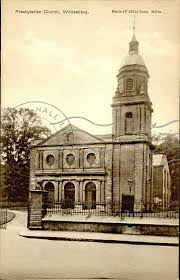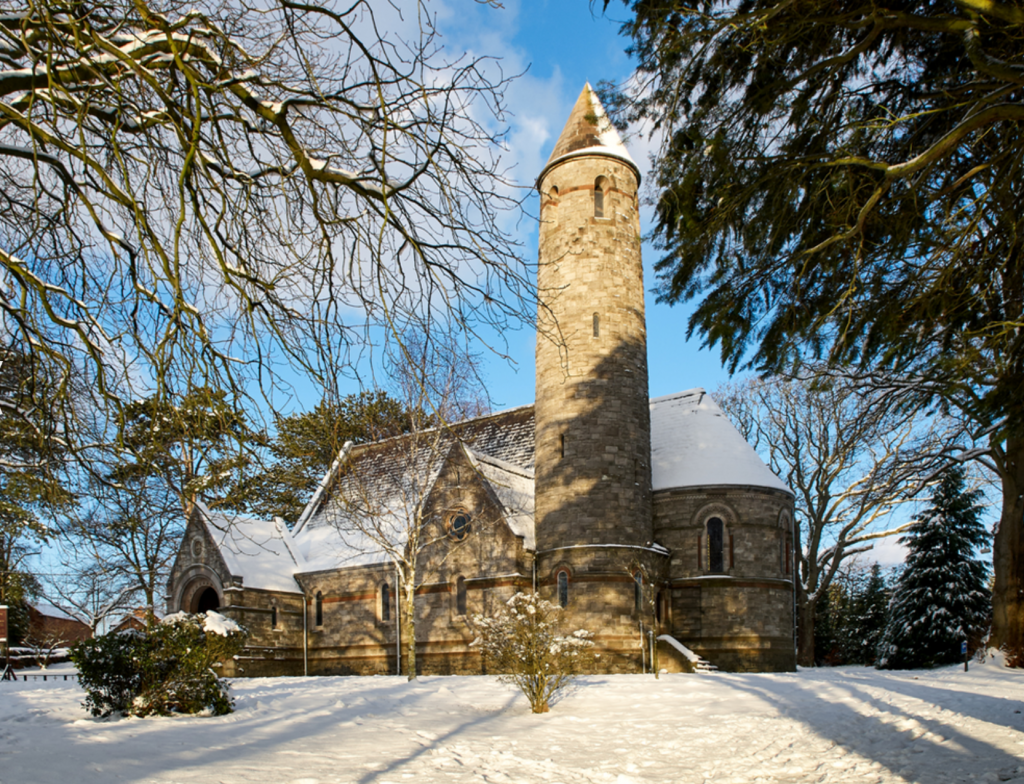I am definitely more of a church-lover than a church-goer. Definitely maybe. But over the last few months I have become hooked by the fascinating social and architectural history of our local churches. I was flabbergasted by how old some are. Here’s some things that I found out…
Carnmoney Parish Church
When St. Patrick came to Ulster and as Christianity spread 3 little churches were built on the banks of the streams in the wooded glens of South-East Antrim – Shankill, Ballynamanagh (Monkstown) and Coole (Carnmoney).

The churches of Shankill and Monkstown were destroyed in the 16th century and were never restored, but the present Church at Coole (Carnmoney) can claim to stand on the only site between the Lagan and the Sixmilewater where divine service has been celebrated continuously since the early days of Christianity – a period of approximately 1,500 years .(!)
The present Parish Church is the latest of a long succession of churches that have stood near the north bank of the little river now known as the Glas-na-Bradden which has been translated as “Little St. Brigid’s River”, one of the chief saints of Ireland. This points to St. Brigid, the pupil and disciple of St. Patrick in Dalaradia. The ancient well at the rear of the church known as “St. Brigid’s Well” so reinforces this belief.
The Church of Coole was situated at the western extremity of the ancient City of Coole which extended along “Ye Olde Irish Highway” (now the O’Neill Road) to the church at Whiteabbey (The Whiteabbey, the site of which is in a field behind Abbot’s Cross and Whiteabbey Hospital).
The town of Coole suffered severely in the wars of the Bruces, and was burnt and destroyed completely by a Norman baron, John De Logan, and other enemies of the king in 1333 and although rebuilt it never regained it’s previous importance.
It was quite a prosperous and well established town when the Anglo Normans arrived in the 1170’s. They established a borough town known as Le Coule. There were also Norman settlements at Whitehouse, Whitabbey (not a typo!), Ballycraigy and Ballyhenry.
The old church that stood to the east of the present church was demolished in 1856. In 1838 it was noted that “a portion of the ancient church of Coole, the foundations of the remainder of which were at its west end and extend for 25 feet longer than the present church”. I wonder if there are any remaining ancient church ruins?
The new church was consecrated on the 23rd of December, 1856, and was named “The Church of the Four Evangelists” after the east window.
Kilroot Church
This is another ancient church – founded in either the late 5th or early 6th century. I’ve been a couple of times now to the site and its graveyard is both beautiful and poignant.

This link will take you to an excellent explanation of the church’s history …
Whiteabbey Presbyterian Church
In 1833, Whiteabbey Presbyterian Church was established in a schoolroom belonging to the local mill – Whiteabbey Flax Spinning Company. The foundation stone of the new church was laid on 28 September 1833 on a site gifted by Mr Hugh Lyons and the church was opened for public worship on 10 August 1834.

Rev Campbell, the first minister, inspired the building of a school in the grounds, which was opened in 1839 and was used for exactly 100 years.

Check out the church’s website for more details…
https://www.whiteabbey.org/about
St. Mary’s Star of the Sea Whiteabbey
I’m hoping to find out a lot more about the history of this wonderful church. Sadly most Google searches come back with stories of vandalism.

Carnmoney Presbyterian Church
I also know very little about Carnmoney Presbyterian’s history except that it has been around since 1628, firstly as a meeting house and then a church since 1657. Hoping to get a copy of this book for the library.
St. Patrick’s Church, Jordanstown
In the 1850’s as the population of Carnmoney grew it was clear that there was a need for a new church in or around Monkstown. A site was donated by the Lyons family. As Sir Charles Lanyon, the most famous Ulster architect of the 19th Century, was a member of the congregation of Carnmoney his firm was the obvious choice. But it was W.H. Lynn, his partner, who did the detailed drawing for St. Patrick’s. It was opened in 1868.


A special thank you to Carol-Ann for donating her mum’s copy of the history of St. Patrick’s 1868-2018 (our very first library donation!).
I started with what I think are the six of the oldest churches but plan to add more churches and richer detail throughout the coming year.